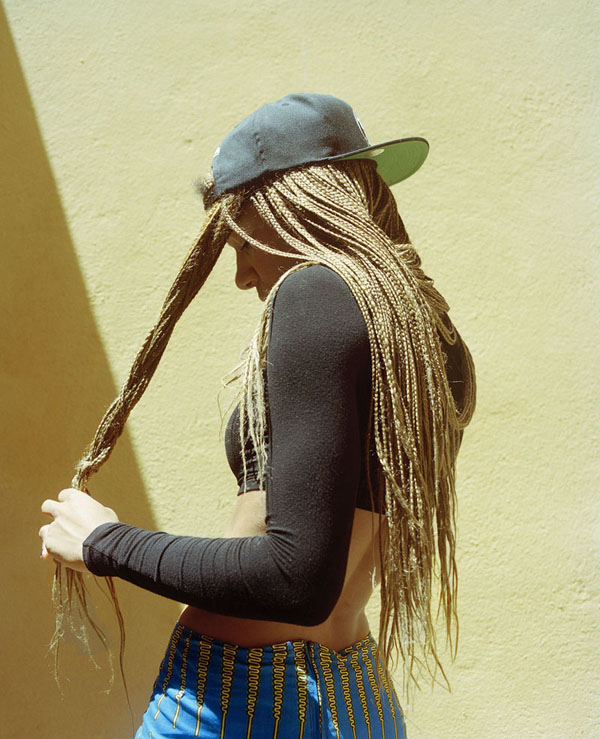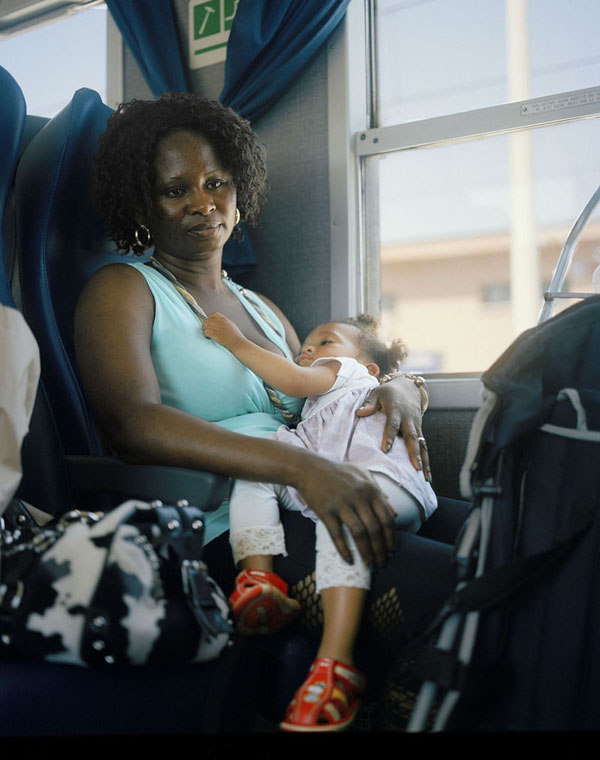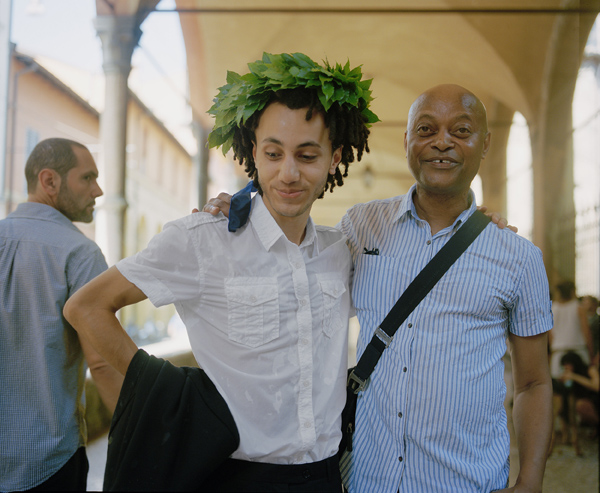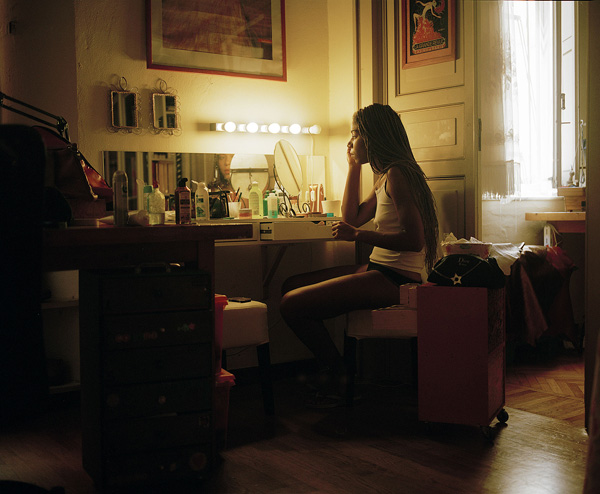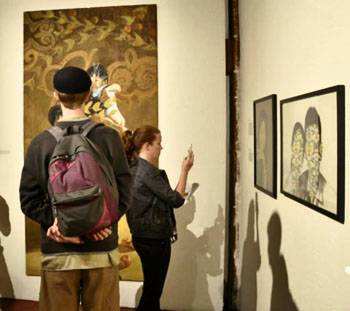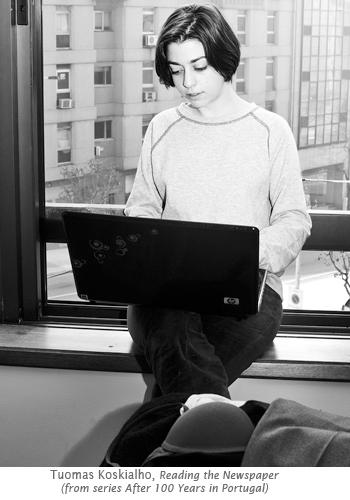‘Generation Balotelli’
A photographic ethnography of second generation African-Italian immigrants by EAS artist Sydney Lowe.
"I was drawn to photography, initially, as a means of documentation. I have always been acutely aware that my reality as an African American woman was not the one reflected in popular movies, in television and photography. Historically, black women have frequently been assigned stereotypical visual repertories around the world, which upon closer inspection do not even begin to touch upon their true dynamic complexity.
When I was 18, I decided to make my own images, and therefore, my own definitions. I wanted to capture the faces of the women of color who existed so strongly in my world, but were practically unrecorded everywhere else. There is immense power in seeing someone who looks like you reflected in the pages of a magazine or on white museum walls—your existence as a worthy component of the human race is validated. This continues to be one of the main driving forces in much of my work: these women continue to be my muses.
In the past few years my photographic narratives have expanded beyond American borders. During my six months’ stay in Bologna, Italy in 2012, I began to formally consider blackness internationally. Especially in regards to the highly controversial influx of African immigrants to an overwhelmingly white Italy, I found myself fascinated with a community of second-generation African-Italian immigrant girls. Their very existence as Black Italians challenges an outdated and changing national identity.
This ongoing photographic project of mine is one which strives to bear witness to their beauty, their identity forming processes and truly unique coming of age experiences. My hope is that my project, based in visual ethnography, will provide powerful, honest and new lenses through which their strength, struggles and character shine."
Sydney Lowe is a recent graduate of Wesleyan University and currently lives in Brooklyn, New York.
